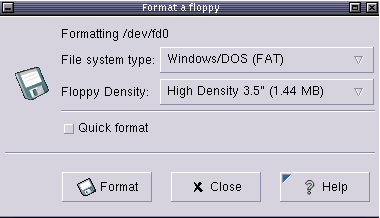
The Supercard Pro (created by Jim Drew who formerly worked for Cental Point) has a good set of track analysis and disk utilities, and it supports writing/copying disks from the main user interface. Neither of these tools even deal with file systems at all, as they are designed to read, write, and copy all disk formats - of which there are many thousands. They work more like a CD-ROM burner, where you prepare an entire image in advance and then write it at once, or read an image all at once. Unlike a USB floppy drive, you can not just drag and drop files directly to or from a drive with these tools. However this is not the focus of either device, and some "features" can get in the way of this. It is possible to use these for data recovery and interoperating with vintage/legacy hardware. The SuprerCard Pro is primarily geared towards duplicating copy protected disks, and the Kryoflux fancies itself as a software preservation tool. They both use a programmable CPU on a small USB-attached circuit board to read the raw digital flux transition output from a standard IBM PC style (Shugart interface) floppy disk drive.Īlthough they do mostly the same thing, they are geared towards slightly different uses. The Kryoflux and SuperCard Pro are conceptually similar devices. But those are hard to come by, so I have not had the pleasure of working with them. The Catweasel and DiskFerret were once promising products that were intended for reading and writing archival data using a "modern" computer.

There have been a number of other archival tools that have come and gone.

I didn't intend for this to turn in to a book! ) (Broken in to multiple posts because the forums software barfs on the length. This is a compilation and comparison of my experience with various archival tools and methods.


 0 kommentar(er)
0 kommentar(er)
